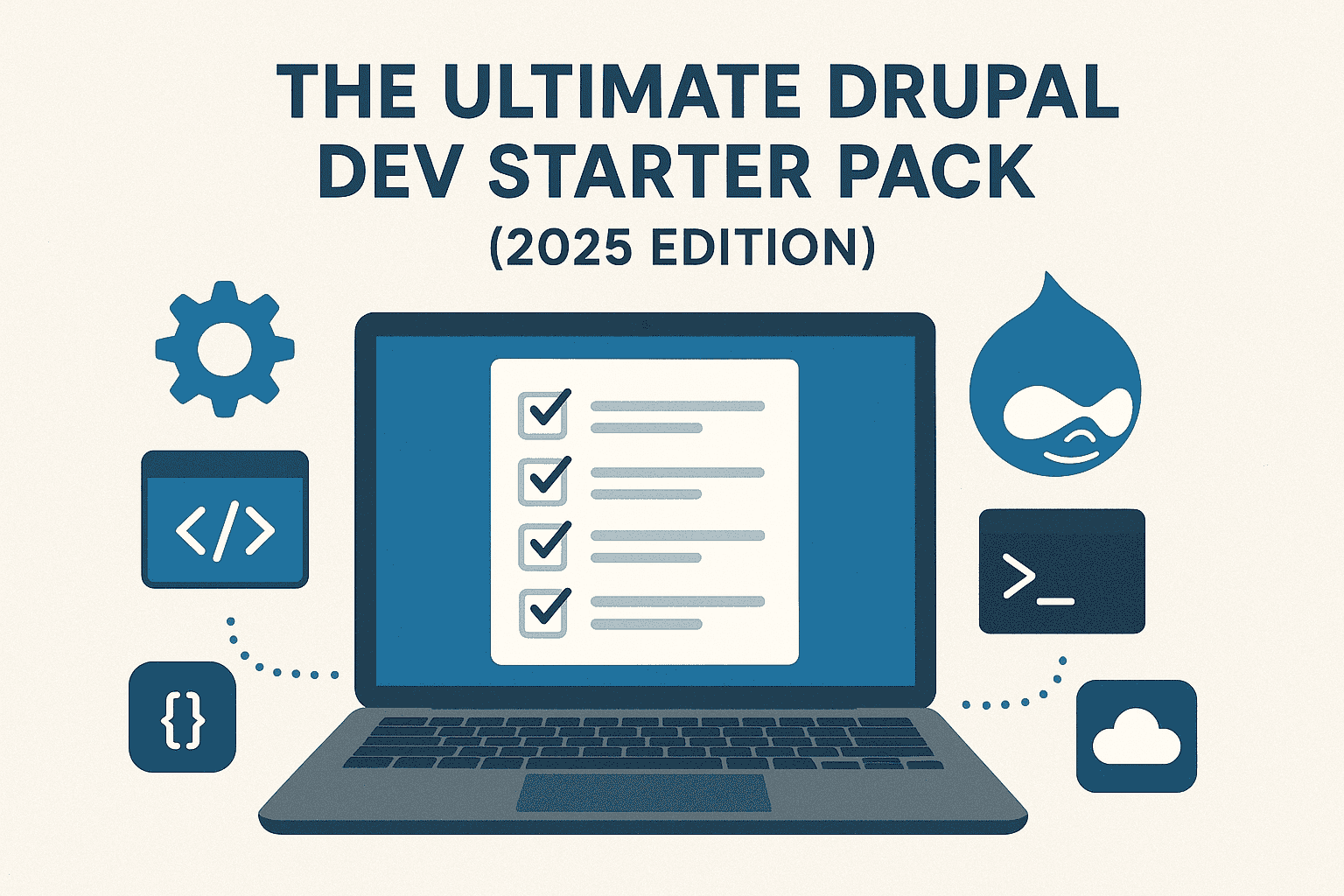Insights & Updates
Stay informed with our latest thoughts on technology, business trends, and industry insights. Learn from our experiences and discover new approaches to software development.

Taxonomy: Organizing Your Content in Drupal
One of the most powerful and flexible CMS platforms available offers a built-in system called taxonomy that helps site builders classify and organize content efficiently. Taxonomy plays a vital role in improving site navigation, content relationships, and overall usability. Understanding how taxonomy works in Drupal allows developers and content managers to create dynamic and well-structured websites.


Best Practices for Drupal Deployment
Deploying a Drupal website is more than just moving code from development to production—it’s about ensuring stability, performance, and scalability. Whether you’re managing a small business site or a large enterprise platform, following deployment best practices will help minimize downtime, prevent data loss, and maintain consistency across environments.


Managing Taxonomy in Drupal
Taxonomy is one of Drupal’s most powerful tools for organizing and structuring content. It allows site builders and editors to classify, group, and relate different pieces of content through a flexible tagging system. Whether you’re managing a large content-heavy site or a small blog, understanding how to effectively manage taxonomy in Drupal is key to keeping your content organized and discoverable.


Integrating Sentry for Error Tracking
ntegrated error tracking transforms debugging chaos into measurable quality control. Organizations adopting Sentry report up to 40% faster resolutions and improved developer productivity (Sentry, 2023).
By promoting faster resolutions, greater system reliability, and observability consistency, contextualized error management provides both technical and financial ROI—strengthening compliance, user satisfaction, and engineering morale (Sentry Blog, 2023).


The Ultimate Drupal Dev Starter Pack (2025 Edition 🧠💻)
If you’re building websites on Drupal in 2025, you already know it’s not your dad’s CMS anymore. The game has evolved—AI-assisted workflows, headless front-ends, decoupled architectures, automated deployments—the whole vibe is different now. But to roll with it, you need the right tools. Whether you’re freelancing solo or shipping enterprise-grade Drupal projects, your toolkit decides how smooth or chaotic your dev life will be.


Using Prepared Statements
Prepared statements represent one of the simplest yet most powerful best practices in software development. They prevent SQL injection by design, improve execution efficiency for repeated queries, and enhance code maintainability. This article explores the underlying mechanics, presents practical examples, and identifies key areas where evidence and citation can strengthen credibility.


Drupal’s Excellence in Content Management
Are you tired of working with a content system that just doesn't keep up? Many businesses struggle with websites that feel like a tangled mess. Updates take too long. Adding new features becomes a huge headache. Your content team often feels stuck.
This is where Drupal steps in. Drupal is a powerful, flexible, and enterprise-grade content management system (CMS). It helps you take control of your digital content. It's built for serious online presence.


Choosing the Right EC2 Instance Type
The world of cloud computing has grown fast, with Amazon Web Services (AWS) standing out as a top provider. At its core, AWS offers Amazon Elastic Compute Cloud (EC2), a service that gives you scalable computing power. Think of EC2 instances as the engines powering countless applications and services in the cloud; they are truly the backbone of many modern online tools. Making smart choices here means your applications run well and your budget stays happy.


Introduction to Sass for Faster Styling
For many years, Bootstrap has been the go-to framework for web designers and developers seeking to build responsive, visually appealing websites quickly. Its pre-built components and grid system made it easy to create layouts without starting from scratch. However, as projects grew in complexity and the need for customization increased, designers began to encounter limitations with plain CSS and the rigid structure of Bootstrap’s default styles. This is where Sass (Syntactically Awesome Style Sheets) comes into play, offering a powerful solution for faster, more maintainable styling.
